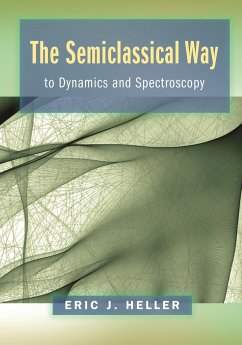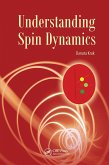"This thought-provoking and unique presentation of the semiclassical approach to quantum physics is by a grandmaster of the subject. All the explanations are original and the illustrations are beautiful. The subject deserves to be better known to researchers in physics and chemistry." --Michael Berry, University of Bristol "This book captures a lifetime of research, achievement, and deep understanding of the semiclassical approach to quantum mechanics. I know of no volume that covers the same eclectic mix of topics, and Heller's insights are invaluable. A heroic undertaking, this book will be a tremendous boon to many research fields."--Kieron Burke, University of California, Irvine "Among the books on quantum mechanics, this one is unique due to the originality of its content, presentation, and interpretation of the results. Heller succeeds in demonstrating remarkable and surprising connections between classical and quantum mechanics, which allows him to explain seemingly complicated quantum-mechanical phenomena in very simple terms. Filling an important gap in the field, this book will be welcome by specialists and nonspecialists alike."--Jiri Vanicek, École Polytechnique Fédérale de Lausanne








